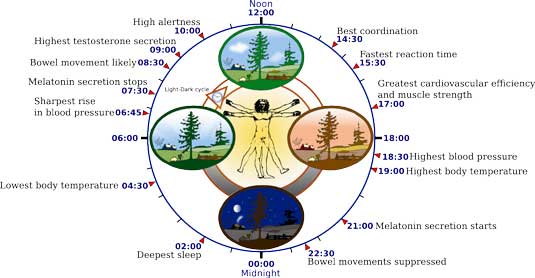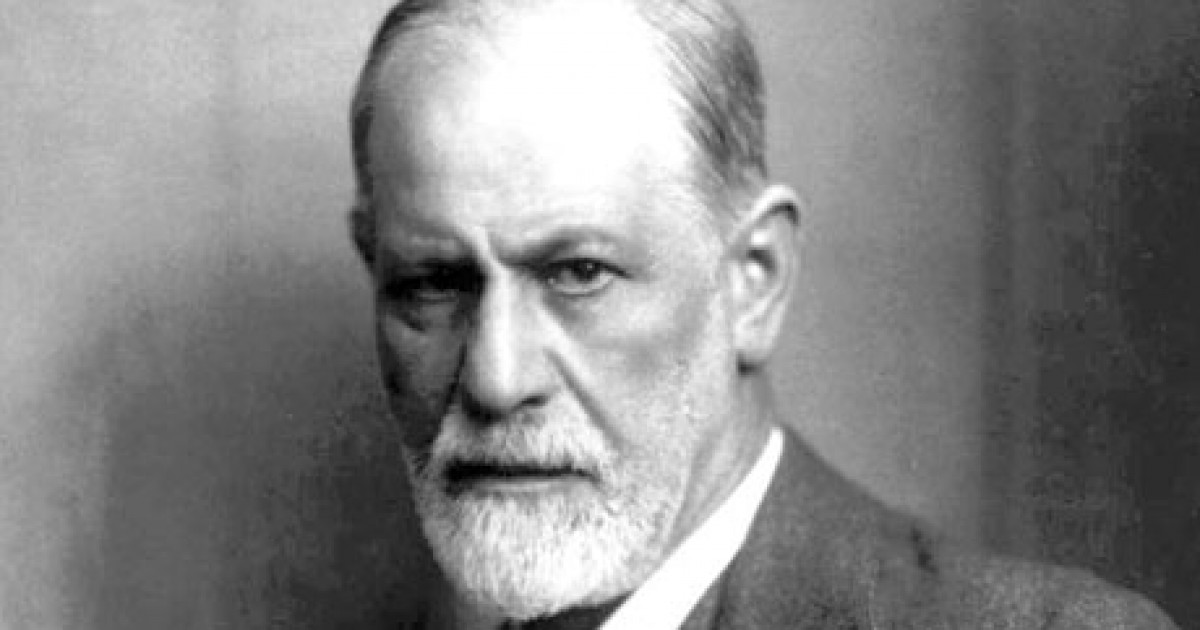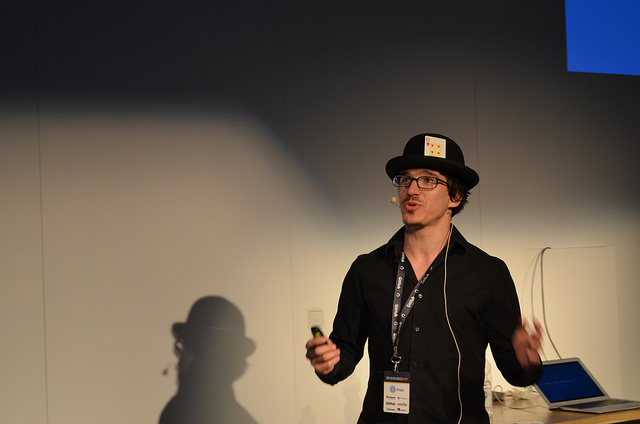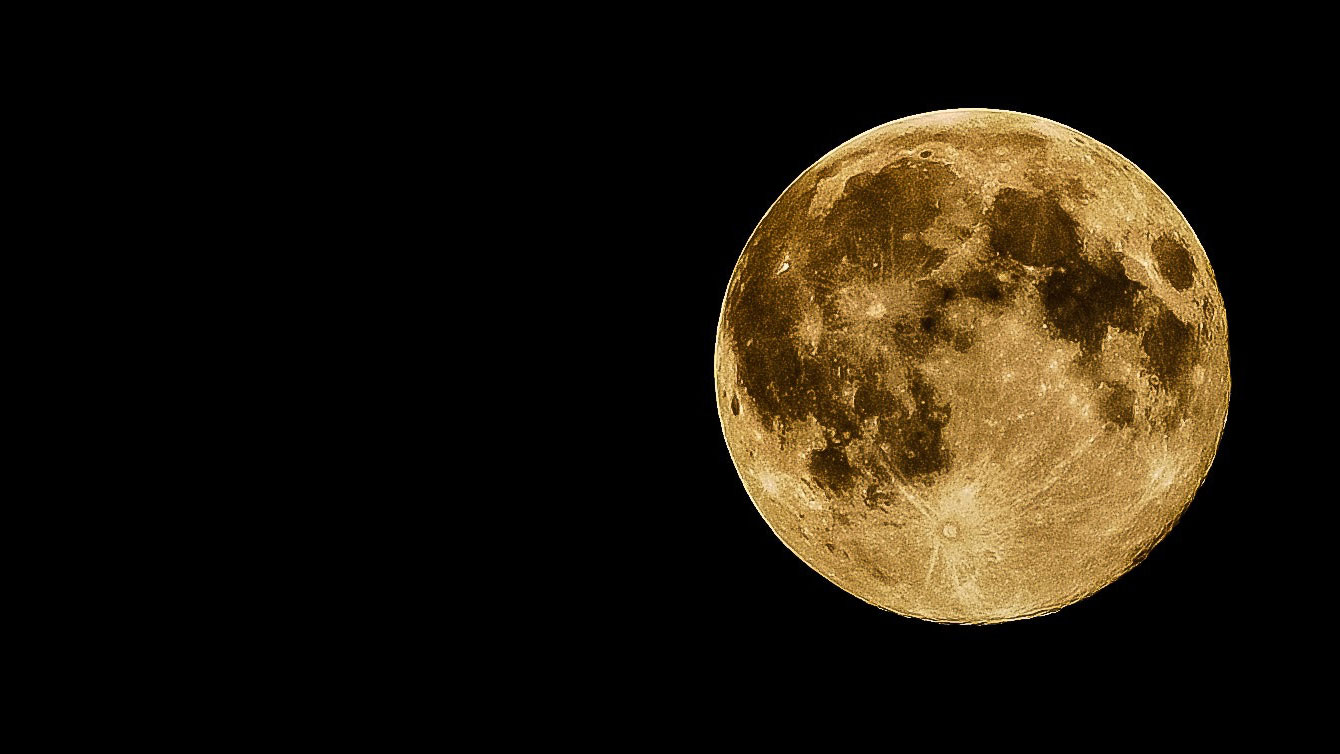Time and Time Again Ill Be Back in the Early Morning
What time should designers go up in the morning?

Are you a morning person, who leaps out of bed and gets on with work after the briefest sniff of coffee – but to find yous slump and ho-hum downwardly come early on afternoon? Or do you get all your tasks done while working from home in the wee pocket-size hours, so spend the next 24-hour interval blearily trying to recharge your batteries?
Whether yous're a lark or an owl, you probably harbour a sneaking suspicion that a change in your waking and sleeping hours could make you better able to concentrate and create improve work, and perhaps more experimental design.
So if yous want to maximise your creativity and productivity, what are the best working hours to cull? We looked at some inquiry in the surface area, and some of the findings may surprise yous...
Evolutionary impulse
Back in the mists of time, we were all morning people. Before electric light and gadgets came forth to assist the states while away the dark hours, everyone went to bed when it went nighttime and got upward at dawn.
In today's modernistic world, our body chemistry is controlled by the manner we live, how we exercise, when we go to sleep and what we eat, but at that place are some primal things we tin can't change. One of those is the melatonin bicycle. When the evening draws in, our brains ramp up production of a hormone called melatonin. It's what makes us experience sleepy and fogs up the thought processes.
Called-for daylight
Sunlight inhibits the production of melatonin, making us feel more awake. So in theory, humans should be at their most alert and productive afterwards a decent night'southward sleep and a light breakfast, only after the sunday has risen. If you think of yourself as a forenoon person, you'll probably recognise this state of total clarity.
Scientific studies support this too. Research conducted by Professor Christoph Randler at Heidelberg Academy showed that people who rise and begin work early in the twenty-four hour period are, largely, more positive and productive than their lazier mates.
Significantly, information technology was also reported that early risers use the morning hours in specific means; to organise and plan, to set goals hours or weeks ahead. Early risers are less chaotic in their approach to piece of work than their sleepless friends.
Wellness issues

At that place'due south as well evidence that getting upwardly early is better for your health. Tuning your sleep cycle as shut as possible with the Earth'south cyclic clock, the setting and rising of the sun, leads to deeper, more restorative sleep. And then it seems that early risers are healthier, get a larger variety of work done and have more energy than the Duracell bunny.
But when it comes to designers specifically, that's not the finish of the story. According to psychologists, there are some large advantages for those of us who similar to burn the midnight oil, too...
Night owls

The part of our mind that acts every bit 'gatekeeper' during the day (known in Freudian terms as the superego) is suppressed as we start to experience sleepy. The superego is the bit of your mind that pushes for perfection, which is great when you have detailed blueprint work to practice. Simply this function of your heed as well dismisses frivolous or fanciful thinking – the root of your creativity.
A more biological account says more or less the same matter. Every bit yous grow tired, your brain chemistry changes. Besides as making melatonin, you too produce less dopamine – the chemical that regulates much frontal cortex office. The frontal cortex is responsible for conclusion making. Crucially, it's the chip of your brain that nitpicks all your ideas.
Essentially, this means you lot stop caring then much as you abound tired, and the wacky thoughts start coming through thick and fast.
Increased focus

Even though we get less picky when nosotros're tired, some studies show that our overall ability to concentrate actually increases. We don't cocky-edit as much, so nosotros're able to stay on track and get more than done on one thing.
The fact that dark owls are able to concentrate for longer periods has been scientifically proven. Researchers from the University of Liege conducted controlled studies in which they allowed two groups the aforementioned amount of sleep. One group identified every bit early risers, the other as night owls. Information technology turned out the nighttime owls had better levels of focus when it came to tasks requiring sustained attention, and the early risers ran out of steam more quickly.
And science shows that inventiveness and tardily nights might exist linked even more deeply. Inquiry conducted at the London Schoolhouse of Economics suggests that people who cull to work late at night often have higher IQs – a measure of numerical, spatial and linguistic problem solving that requires a practiced bargain of creativity.
The maker's schedule

In his in-progress volume Why Programmers Work at Nighttime, Swizec Teller points out another reason why the night-time is the right time for creative work: the lack of distractions.
Teller introduces the idea of 'the maker's schedule'. For nearly people – managers, retailers, administrators and so on – work is only a prepare of tasks. The daytime schedule and its distractions are tolerable every bit most tasks are brusque, mechanistic and easy to resume.
But for creative people like designers, distraction is disaster. At the beginning of the creative process, we're building things out of imagination. Distraction can cause you to lose your train of thought entirely. And then, the evening, when others are asleep, is an ideal time to work on creative problems.
Lark or owl?
So which approach is best, distraction or owl? Overall, prove seems to say that early birds get more done, but that the forenoon is amend suited to practical and organisational tasks. Night owls apply the cover of darkness to complete more than cerebral kinds of piece of work, when distraction is at a minimum.
When it comes to the question of when you should y'all get out of bed, information technology seems design is kind of a special case. It'due south one of a handful of vocations that requires long periods of very precise, repetitive piece of work, good planning and the power to projection-manage. Only there are likewise periods of chaos and cosmos; time spent blasting out ideas and puzzling through issues.
The belatedly Alex Graham, creator of the Fred Basset cartoon strip, seemed to get the remainder right. His daughter told the BBC that Graham would piece of work on illustrating the strip in the morning time, have the afternoon off, and then do his creative thinking in the evening, filling in sheets total of doodles and ideas. He was both a morning person and a night owl.
Perhaps all designers should take a leaf out of his book: get up early to practise the grunt work at your desk and use your evenings to brainstorm ideas.
Related articles:
- How to balance life and work
- vi ways to utilise the principles of design to your life
- 12 tips for the work-at-home ninja
Related articles
Source: https://www.creativebloq.com/design/larks-v-owls-51411830
0 Response to "Time and Time Again Ill Be Back in the Early Morning"
Postar um comentário